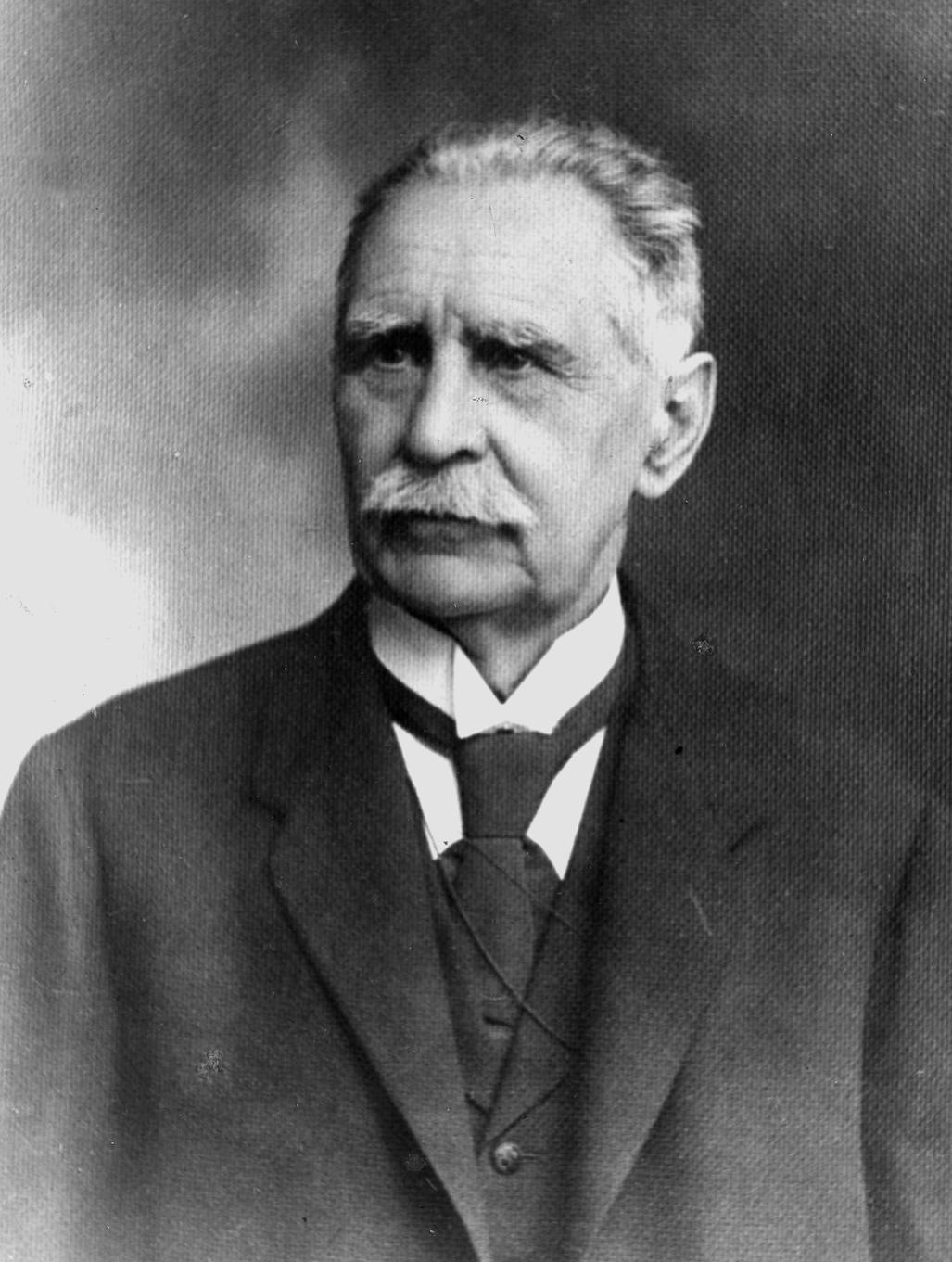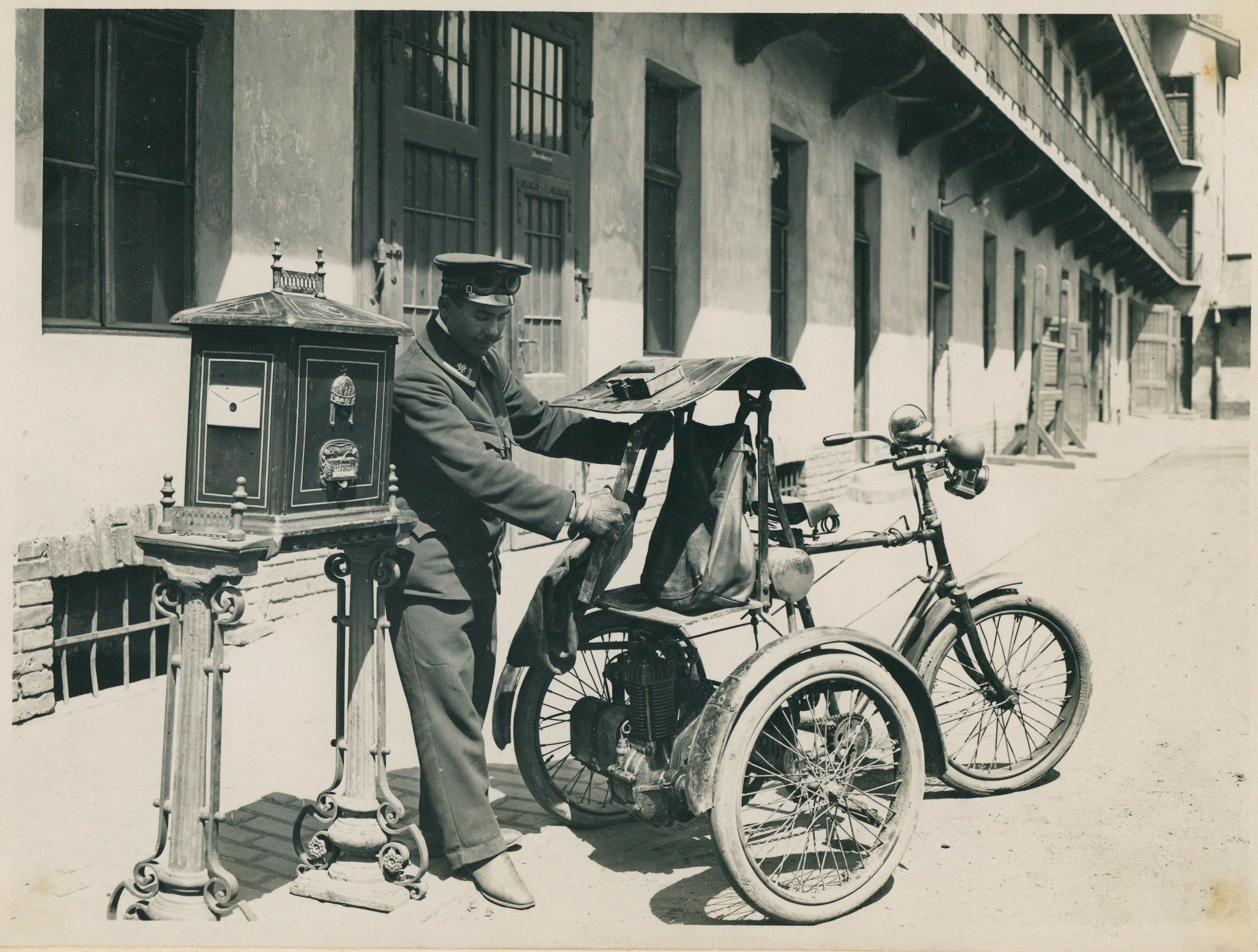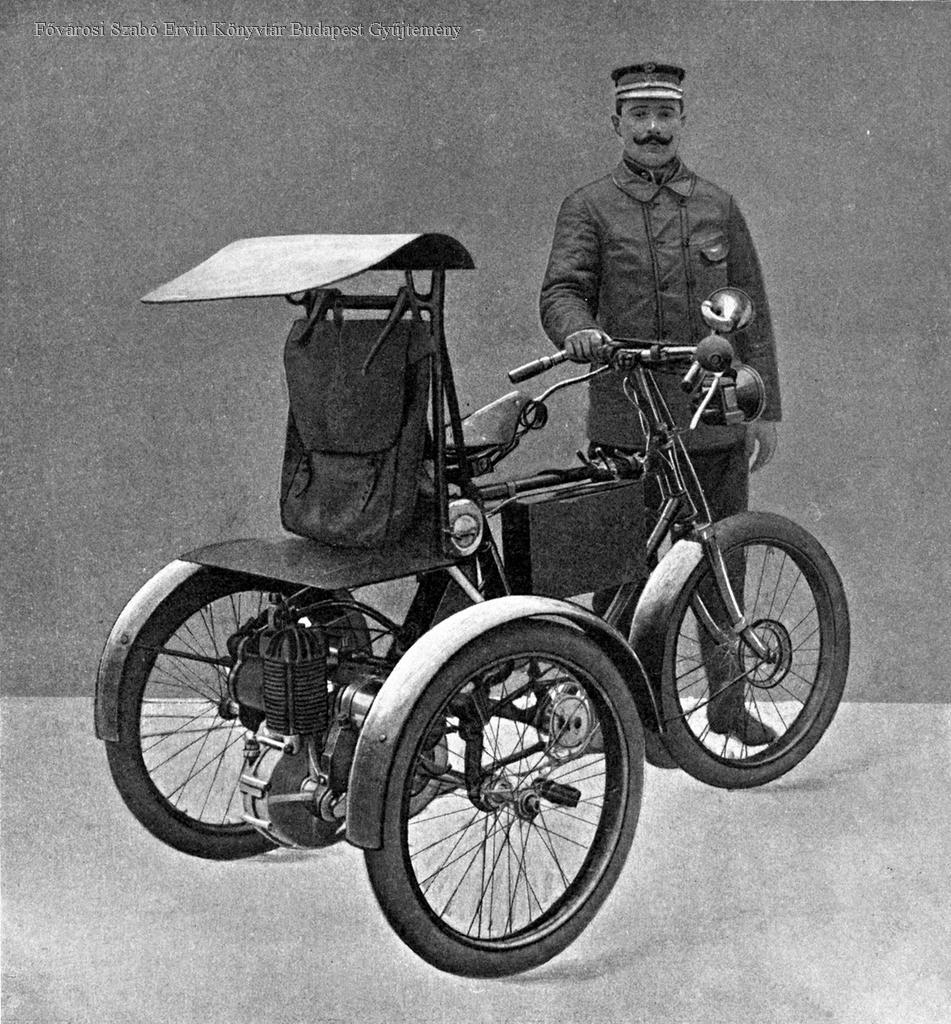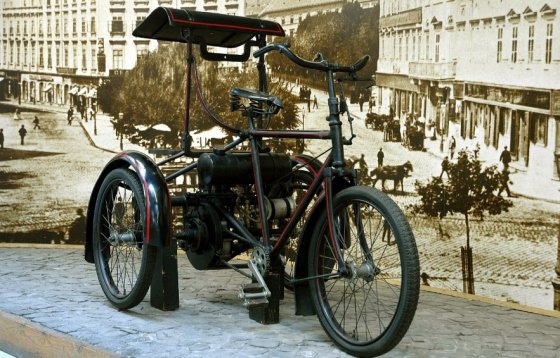The first motor vehicle in Hungary was registered in 1896. Cars were are a rarity at the time. The Hungarian Automobile Club had only 45 founding members in 1900. Automobiles were a luxury item, expensive and not even manufactured in Hungary. Nevertheless, the Hungarian Postal Service decided to give the smoky machines a try.
They first purchased a French, Peugeot, lorry in 1898, or at least a chassis. In the early days, vehicle manufacturers would only provide an underframe, engine and everything else needed to drive the vehicle. The cabin and bodywork were usually added later, by third-party workshops. As a result, the central vehicle workshop of the Postal Service designed a body for the lorry.
The Peugeot lorry purchased in 1898 by the Hungarian Postal Service in the permanent exhibition of the old Transport Museum (Photo: MMKM)
With the lorry proving the benefits of motorised vehicles, the company decided to expand its fleet. It announced a tender for 22 letter collection tricycles in 1900. These smaller machines would be used to collect letters put into mailboxes on the street.
Velodrom Automogil Garage, a company owned by Géza Fényi provided 20 Peugeot tricycles for the tender, each of which was powered by a 2.25 horsepower De Dion-Bouton engine.

Potrait of János Csonka
However, the postal service commissioned someone else, to create a vehicle similar to the French design. The person in question was János Csonka, the head of the Study Workshop of the Technical University of Budapest.
Despite the automobile only arriving in Hungary in 1896 Csonka had been working with petrol-powered combustion engines for over a decade, as these were also used in industrial settings at the time.
The university professor – who did not actually hold a degree in engineering – had been commissioned by Ganz in 1887 to complete and start the half-finished internal combustion engines the company had purchased. His partner in this work had been Donát Bánki, a Ganz employee.

The Csonka-designed post collector in operation (Source: Postal Museum, https://hu.museum-digital.org/)
The Bánki–Csonka duo not only completed the engines but invented the carburettor and several other patented solutions by 1891. The carburettor played a significant role in the global spread of the combustion engine, as it ensured a constant fuel flow to the engine.
This was one of the several reasons behind the post office's request to Csonka. While Csonka had previously never designed a self-standing vehicle, he accepted the project and built a prototype.

Letter collection vehicle manufactured in France (Photo: FSZEK Budapest Collection)
The motorised tricycle created by Csonka can be considered the first motorised vehicle built in Hungary. While a car was still a few years in the works, the project kick-started Hungarian vehicle manufacturing.
But what did this tricycle look like? At first glance, it was similar to a bicycle. Its handlebar and seat were that of a bicycle, and it even had pedals. The engine, contrary to motor motorcycle designs was not in front of the seat but behind it and powered two wheels on an axle. A platform for the collected post stood behind the engine with a small metal roof.
Ganz manufactured the machine based on Csonka's design. Even the vehicles engine was Hungarian. The Csonka Engine was also 2.25 horsepower, similarly to the French design. However, it differed in one point markedly: it contained a new carburettor.
The Csonka letter collector in the permanent exhibition of the Transport Museum (Photo: MMKM)
An official report from the Postal Service in 1905 stated that the vehicles covered 40 kilometres a day over 17 rounds. The postal service even calculated the efficiency of the solution. One collection round with the motorised vehicle cost 1 Crown 5 Fillér, while each round with the old horse-drawn solution cost 15 Fillér more.
In 1902 Csonka adapted his original design by adding a magneto, invented by Robert Bosch.
Early motorised vehicles from the postal fleet: a 1908 Csonka letter collector on the left, and a package transport designed by Csonka on the right in the permanent exhibition of the old Transport Museum (Photo: MMKM)
Postmen were sent out into traffic on the new vehicles for the first time on 19 November 1900 after months of training. The training was dearly needed, as not many rules governed road traffic in Budapest at the time, these were only drawn up in 1909.
The Csonka letter collectors were such a success that in 1905 the Postal Service commissioned him to design a new series of vehicles, package transport lorries.
Cover photo: The first motor vehicle manufactured in Hungary (Photo: MMKM)





































Hozzászólások
Log in or register to comment!
Login Registration